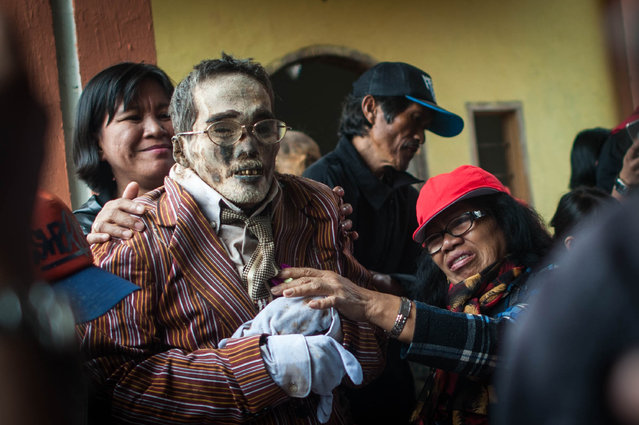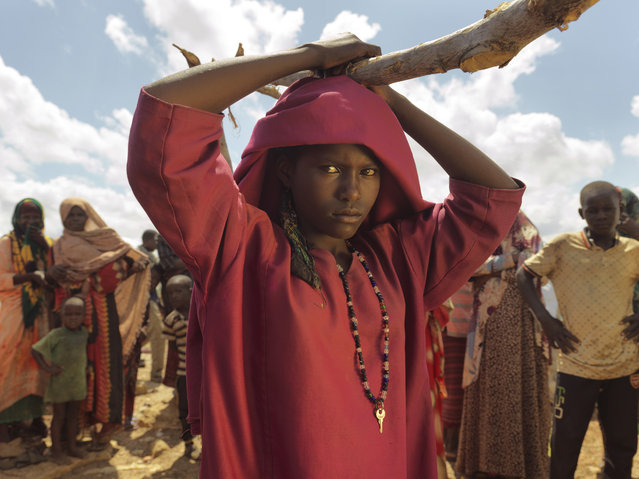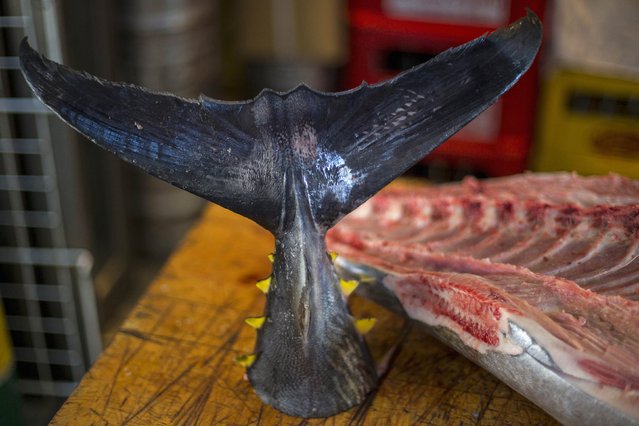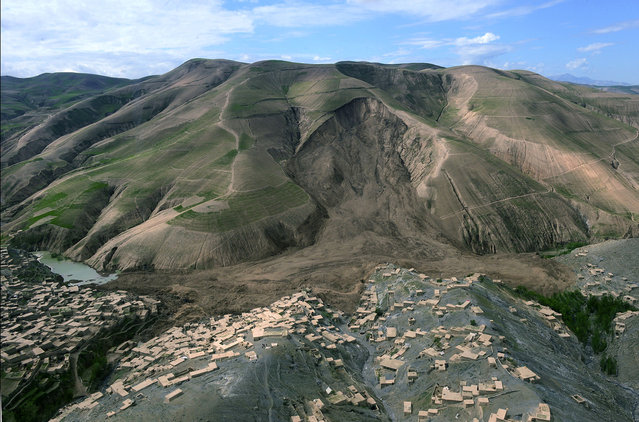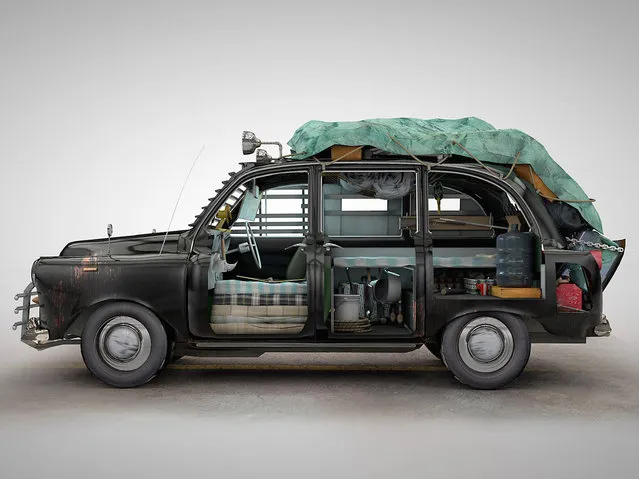
A London-based designer has come up with a collection of zombie-proof vehicles, just in time for Halloween. Donal O’Keeffe from Cork in Ireland, created the Zombie Survival Series with 3D rendering after being inspired by his love of horror films. The 31-year-old put the collection together after imagining what city-life would be like if the streets were taken over by wandering undead, from which there would be no safer escape than one of these modified, mobile fortresses.
23 Mar 2014 10:54:00,post received
0 comments


